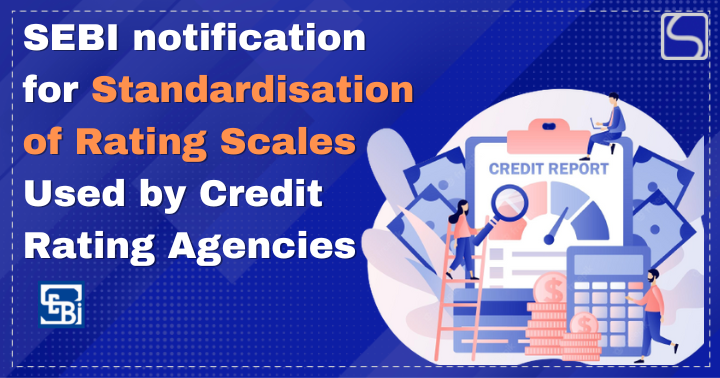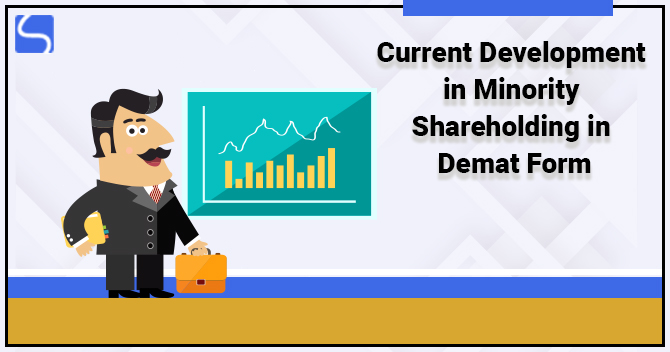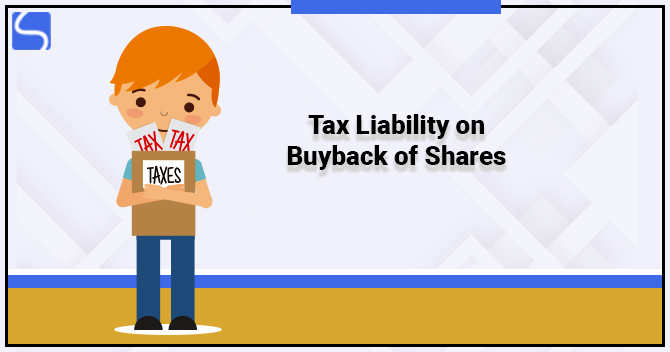SEBI notification for Standardisation of Rating Scales Used by Credit Rating Agencies

Snehita Shukla | Updated: Nov 07, 2022 | Category: SEBI Advisory
The Securities & Exchange Board of India has issued a notification regarding the Standardisation of Rating Scales Used by Credit Rating Agencies on 31st October 2022 & shall come into force on 1st January 2023.
Table of Contents
Overview of SEBI
The Securities & Exchange Board of India was constituted by the Government of India on 12th April 1988 through a resolution passed by the government. The Securities & Exchange Board of India was initially established as a non-statutory body, but later it was established as a statutory body. On 30th January 1992, the provisions of the Security Exchange Board of India 1992 came into force.
The essential functions of the Securities & Exchange Board of India as described by the preamble of SEBI are –
“To protect the Investors interest in securities & to promote the development of, & to regulate the securities market and for connected matters in addition to that or incidental thereto.” The SEBI also regulates and sets up Standardisation of Rating Scales for the Credit Rating Agencies or CRAs.
Functions of SEBI
Apart from regulating the Standardisation of Rating Scales for the Credit Rating Agencies or CRAs, The Securities & Exchange Board of India has three main functions-
Protective functions: These functions are meant to protect the interest of investors or other financial participants, such as preventing insider trading, promoting fair practices, creating awareness among investors, checking price rigging, and prohibiting fraud and unfair trade practices.
Regulatory functions– SEBI performs these functions to regulate the function of business in the financial market, such as Regulating company takeovers, Inquiries and exchange audits, Registration of merchant bankers, brokers and sub-brokers, Exercising and performing powers and duties, Regulating and exchanging credit rating agency, Regulating and Implementing the code of conduct.
Development Functions– SEBI performs development functions that include research work, promoting fair trade, reducing malpractices, etc.
Standardisation of Rating Scales used by CRAs
The Securities & Exchange Board of India issued a circular on the standardisation of rating scales used by CRAs or Credit rating agencies on 31st October 2022. The Circular will come into effect from 1st January 2023. The Circular has notified about specific guidelines issued about the rating scales used by the CRAs. The Guidelines are as follows-
- Issuer Rating/Corporate Credit Rating: “The Corporate Credit Rating or Issuer rating indicates the degree of safety of issuer or rated entity in relation to timely servicing of all their debt obligations.”
New Standardised symbols and their definitions have also been devised for the issuer rating/ corporate credit rating. The symbols and definitions shall be used for the new ratings/ reviews by the Credit Rating Agencies(CRAs) for Issuer rating or corporate credit rating.
The Rating symbols and definitions for Issuer rating are as follows-
AAA- The issuers with AAA ratings have the highest degree of safety with regard to the timely servicing of debt obligations. The debt exposures to these issuers carry the lowest credit risks.
AA-The issuers with AA ratings have a high degree of safety regarding the timely servicing of debt obligations. The Debt exposures to such issuers carry very low credit risks.
- The issuers with A ratings have an adequate degree of safety with regard to the timely servicing of debt obligations. The Debt exposure to such issuers carry low credit risks.
BBB- The issuers with BBB ratings have a moderate degree of safety with regard to the timely servicing of debt obligations. The Debt exposure to such issuers carry moderate credit risks.
BB-The issuers with BB ratings have a moderate risk of default with regard to the timely servicing of the debt obligations.
- The issuers with B ratings have a high risk of default with regard to timely servicing of the debt obligations.
- The issuers with the C ratings have a very high risk of default regarding the timely servicing of debt obligations.
- The issuers with the D ratings are in default /are expected to be in default soon.
- Standard descriptors for Rating Watch and Rating Outlook-
A “Rating outlook” denotes the Credit rating agency’s (CRA’s) view on the apprehended direction of rating movement in the near to medium term. In contrast, a “Rating watch”‘ denotes the Credit rating agency’s (CRA’s) view on the apprehended direction of the rating movement in short term.
The guideline also notified about the standard descriptors that are specified for “Rating watch” and “Rating outlook”:
Common descriptors that are to be used when security or issuer is placed on the “Rating watch”:
- “Rating Watch with Positive Implications”
- “Rating Watch with Developing Implications”
- “Rating Watch with Negative Implications”
Standard descriptors that are to be used when security or issuer is placed on the “Rating Outlook”:
- Stable
- Positive
- Negative
- Ratings for Capital Protection-Oriented Schemes-It is reiterated that for ratings of the capital protection-oriented schemes, which is required by the Regulation 38A of SEBI (mutual funds) regulation, 1996, the Credit Rating Agencies(CRAs) shall use rating scales for “structured finances (SO)” instruments which SEBI prescribes.
Applicability of Standardisation of Rating Scales
The circular released by SEBI for Standardisation of Rating Scales Used by Credit Rating Agencies shall be applicable from 1st January 2023. The Credit Rating Agencies are required to report on their compliance with the same to SEBI within one quarter from the date of application.
Monitoring of Standardisation of Rating Scales
The circular released by SEBI for Standardisation of Rating Scales Used by Credit Rating Agencies shall be monitored in terms of the half-yearly internal audit for CRAs, which is mandated under the Regulation 22 of – SEBI (Credit Rating Agencies) Regulations, 1999 & Circular issued by SEBI[1].
Conclusion
The circular released by SEBI for Standardisation of Rating Scales Used by Credit Rating Agencies is issued to protect the investor’s interest in securities and to promote the development & regulate the securities market.














